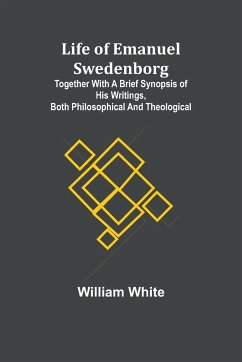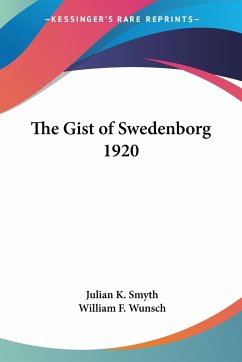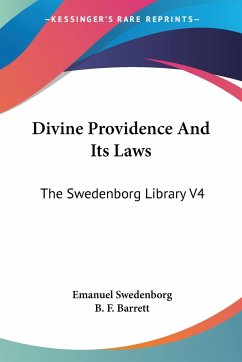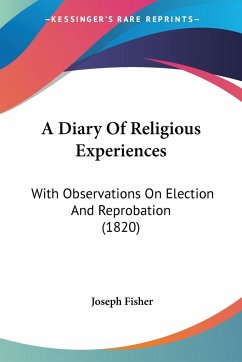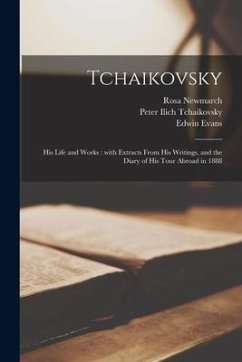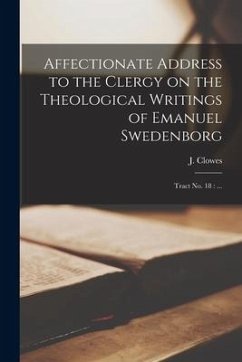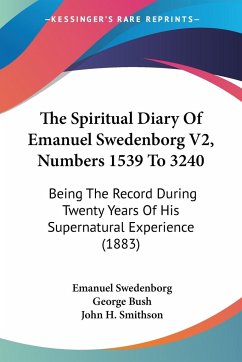
The Spiritual Diary Of Emanuel Swedenborg V2, Numbers 1539 To 3240
Being The Record During Twenty Years Of His Supernatural Experience (1883)
Versandkostenfrei!
Versandfertig in 1-2 Wochen
39,99 €
inkl. MwSt.

PAYBACK Punkte
20 °P sammeln!
Volume 4 of 5. Being the record during twenty years of his supernatural experience. This volume contains Numbers 4545 to 5689, including the portion usually known as the "Smaller Diary." Swedenborg's works are some of the most preeminent with regard to spiritual and theological character. This series of volumes reveal the spiritual sense of the Word and its doctrines. Illustrated.
The Spiritual Diary of Emanuel Swedenborg V2, Numbers 1539 to 3240: Being the Record During Twenty Years of His Supernatural Experience (1883) is a book written by the Swedish philosopher and mystic Emanuel Swedenborg. It is the second volume of his spiritual diary, which records his experiences of supernatural visions and encounters with angels and spirits over a period of twenty years.The book contains entries from numbers 1539 to 3240, covering a wide range of topics related to Swedenborg's spiritual journey. He describes his encounters with angels and spirits, his visions of heaven and hell, and his discussions with God about the nature of the universe and the purpose of human existence.Swedenborg's writings are known for their unique blend of mysticism, philosophy, and theology, and this book is no exception. It offers a fascinating insight into the mind of one of the most influential spiritual thinkers of the 18th century, and provides a valuable resource for anyone interested in the history of religious thought.In Five Volumes.This scarce antiquarian book is a facsimile reprint of the old original and may contain some imperfections such as library marks and notations. Because we believe this work is culturally important, we have made it available as part of our commitment for protecting, preserving, and promoting the world's literature in affordable, high quality, modern editions, that are true to their original work.



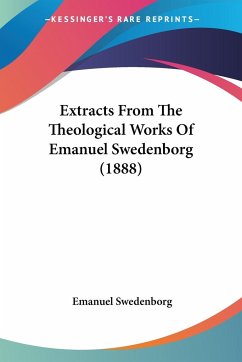
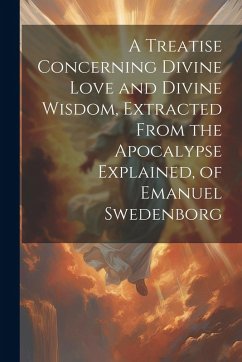
![Emanuel Swedenborg [microform]; a Biographical Sketch Cover Emanuel Swedenborg [microform]; a Biographical Sketch](https://bilder.buecher.de/produkte/66/66142/66142025n.jpg)
